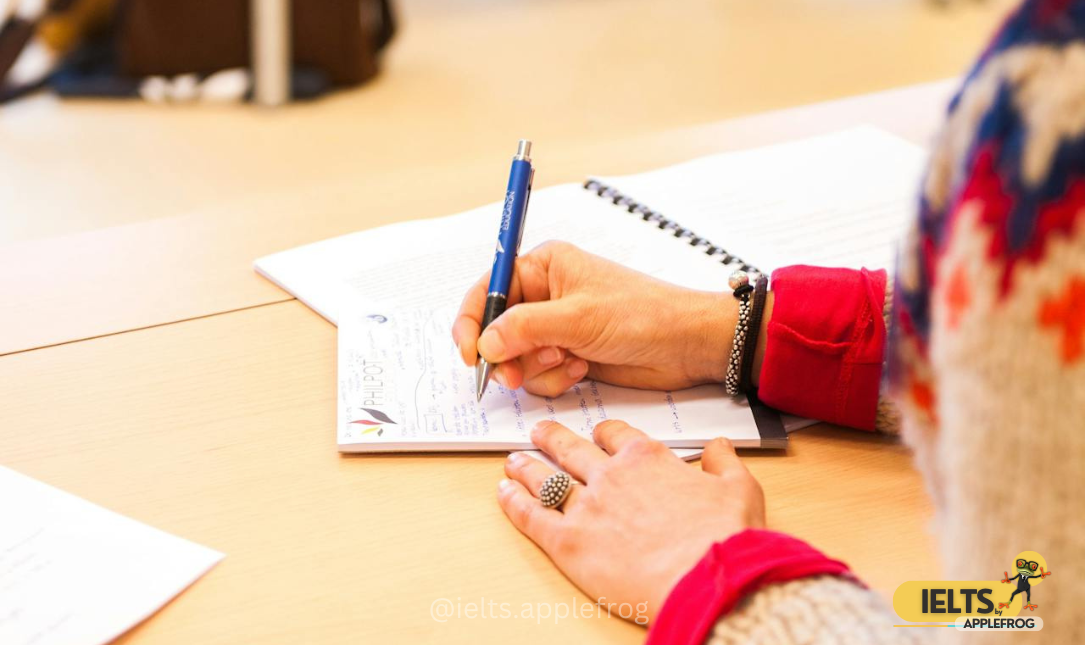
Verb “To Be”
The verb “to be” is foundational to English grammar, aiding in the construction of sentences that express identity, state, possession, and action.
Present Tense
- Forms: The verb “to be” takes the forms am, is, and are in the present tense.
- Usage:
- Am: Used with the pronoun “I.”
- Is: Used with the pronouns “he,” “she,” “it,” and singular nouns.
- Are: Used with the pronouns “you,” “we,” “they,” and plural nouns.
- “I am excited about the trip.”
- “He is an engineer.”
- “We are best friends.”
Examples:
Past Tense
- Forms: The past tense forms are was (singular) and were (plural).
- Usage:
- Was: Used with “I,” “he,” “she,” “it,” and singular nouns.
- Were: Used with “you,” “we,” “they,” and plural nouns.
- “I was at the park this morning.”
- “She was thrilled with the results.”
- “They were playing outside.”
Examples:
Future Tense
- Form: Created using will be or shall be with any subject.
- “He will be joining us for dinner.”
- “They will be at the event tomorrow.”
Examples:
Continuous Forms
- Role: “To be” is used as an auxiliary verb to form continuous tenses.
- Present Continuous: am/is/are + present participle (-ing).
- Past Continuous: was/were + present participle (-ing).
- “We are preparing for the exam.” (Present Continuous)
- “She was watching a movie.” (Past Continuous)
Examples:
Passive Voice
- Role: “To be” forms the passive voice when combined with the past participle of the main verb.
- Present Passive: am/is/are + past participle.
- Past Passive: was/were + past participle.
- “The report is written by the analyst.” (Present Passive)
- “The invitations were sent by the team.” (Past Passive)
Examples:
Why Is “To Be” Important?
- Versatility: Functions as both a main verb and an auxiliary verb.
- Contextual Use: Helps describe states of being, form continuous tenses, and construct passive sentences.
- Essential for Fluency: Mastery of “to be” enables precise and meaningful communication in English.
The verb ‘to be’ is a cornerstone of the English language, playing multiple roles in expressing states, actions, and identities.
Practice its various forms and contexts to enhance your command of the language.
RELATED POST












 Here can be your custom HTML or Shortcode
Here can be your custom HTML or Shortcode
0 Comments